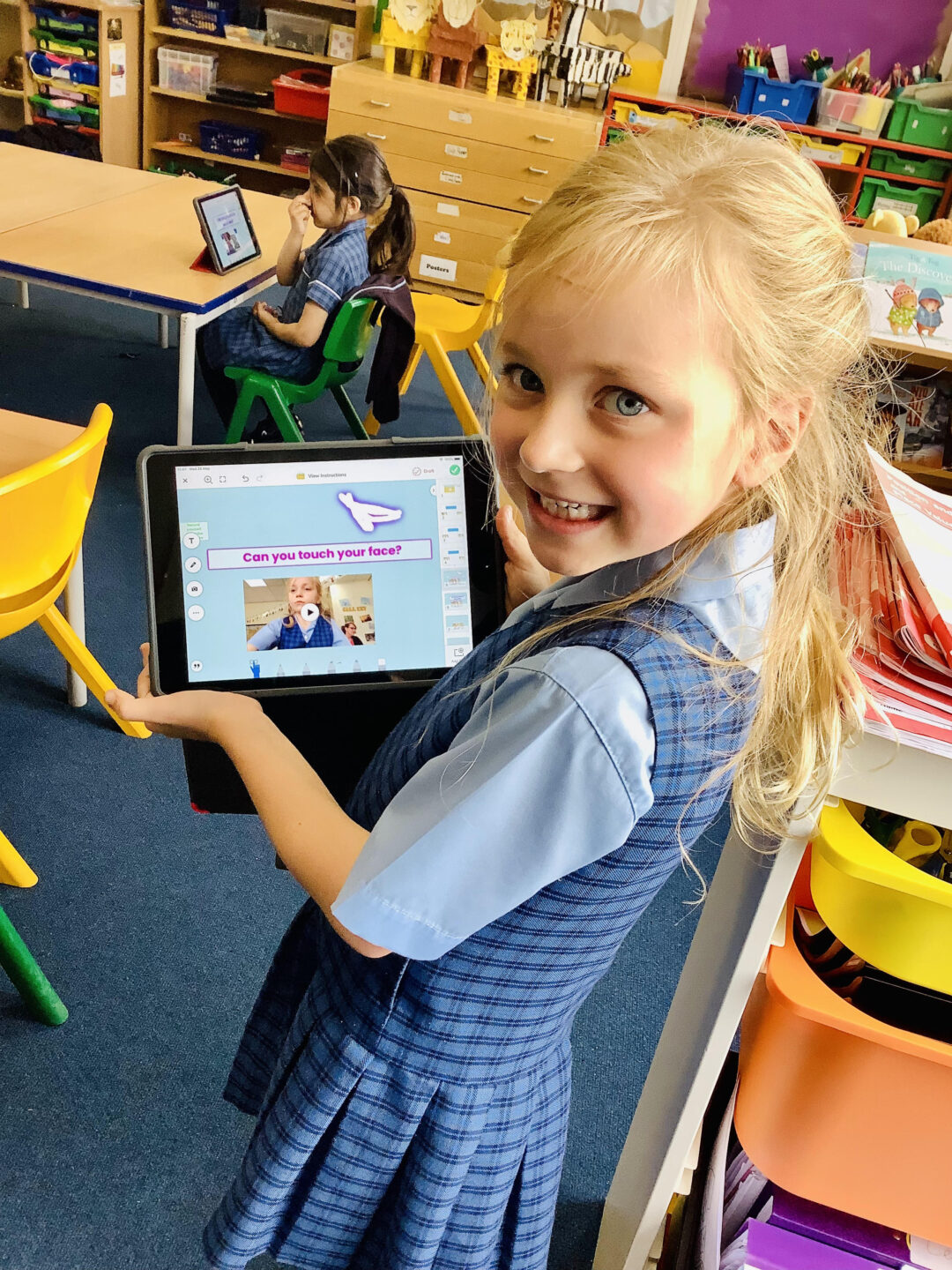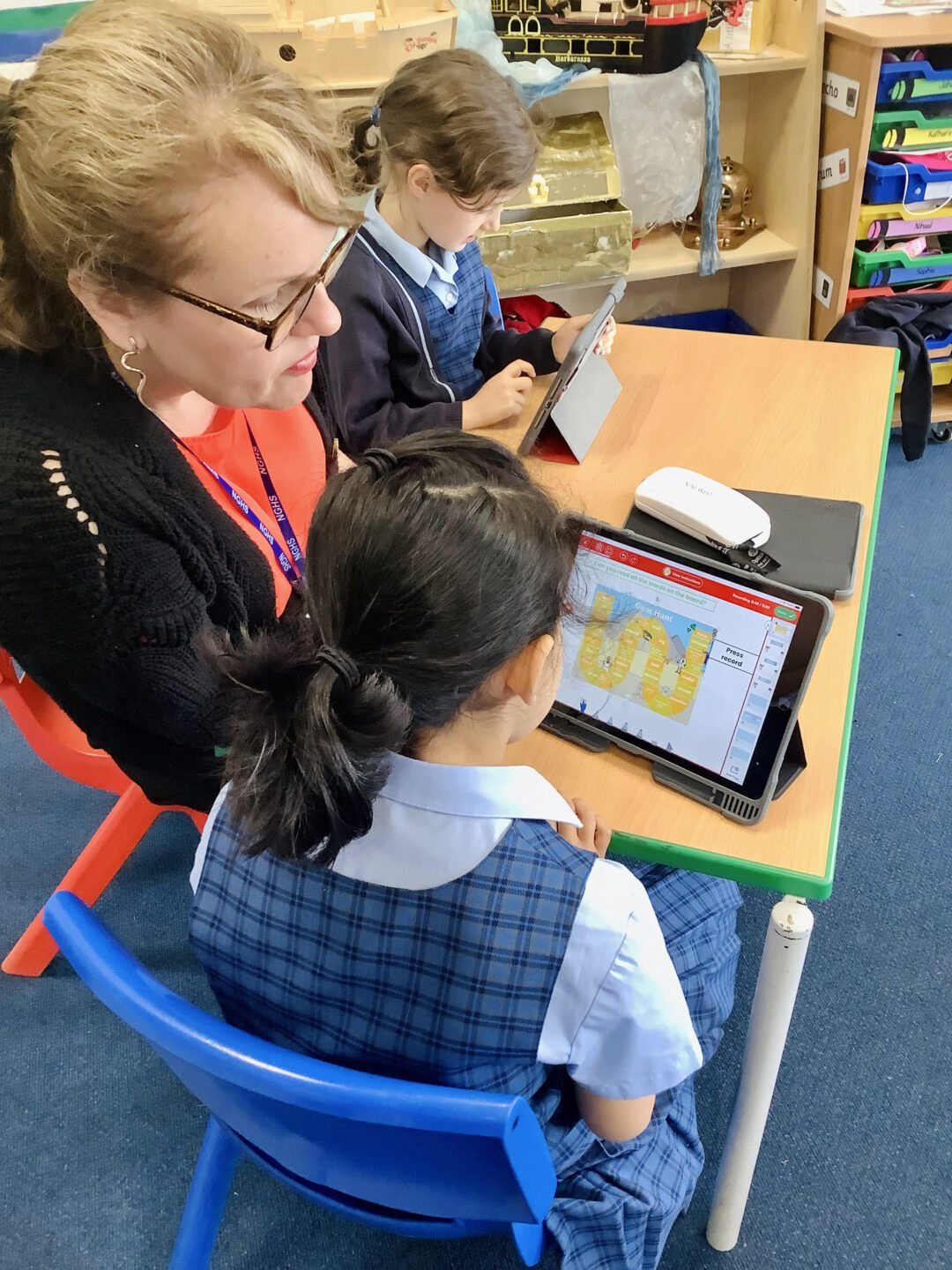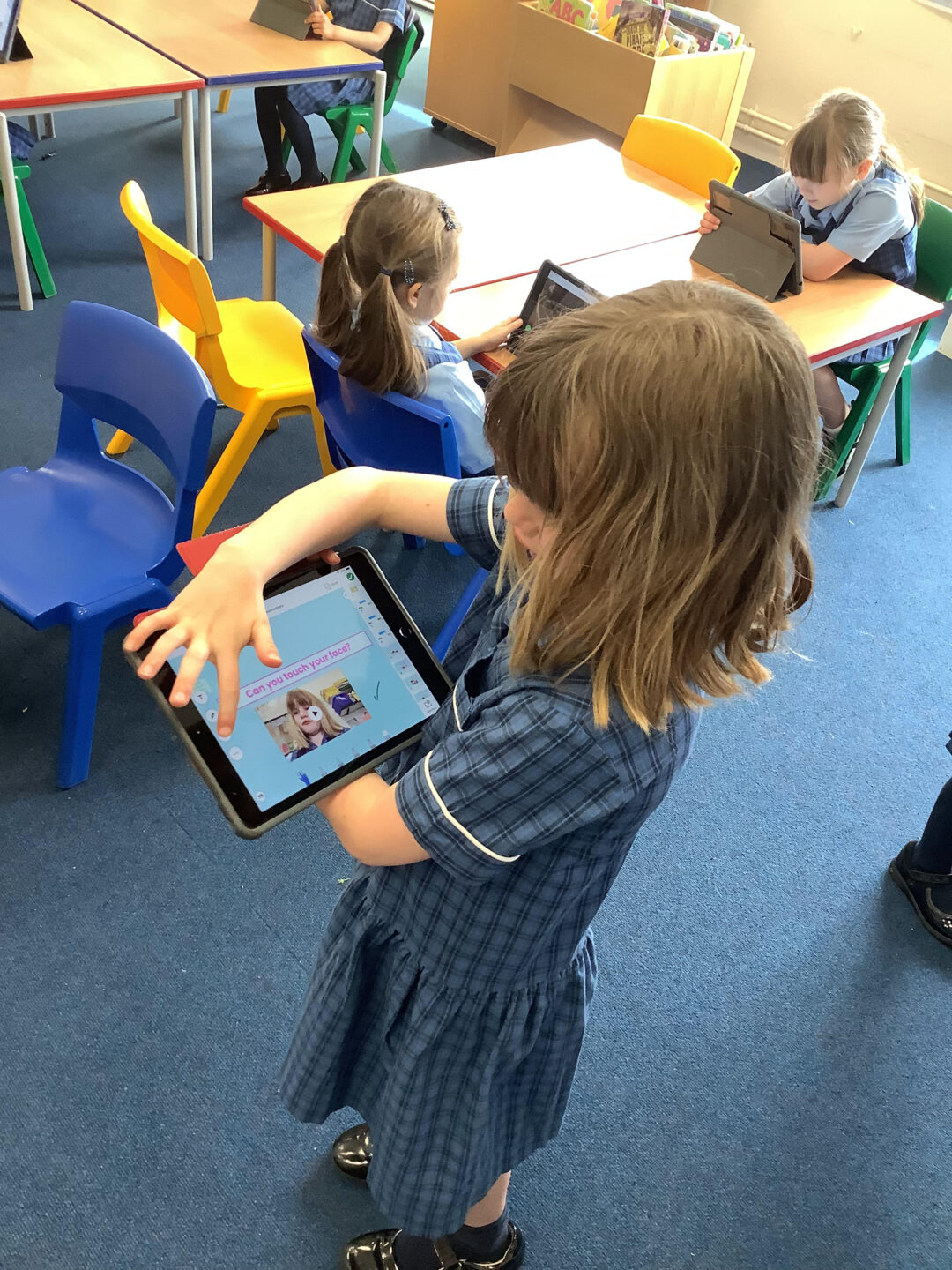Year 1 teacher, Olivia Garton, shares her experience and expertise in ensuring all learners access their learning anytime, anywhere.
In September, I decided to link phonics and the iPad with Year 1 for all our phonic lessons and it has propelled learning both inside and outside the classroom. After the initial few weeks (learning how to navigate the iPads and key ‘know how’ to move items, draw on the screen, take a photo, film, record and save work) we started to use interactive Seesaw software in all our phonics lessons.
Once the pupils were able to navigate their iPads independently, I was able to hear the whole class reading the graphemes and see how they write the new graphemes. Even at an early stage, utilising iPads revolutionised and enhanced their learning with regular opportunities to consolidate and strengthen their understanding.
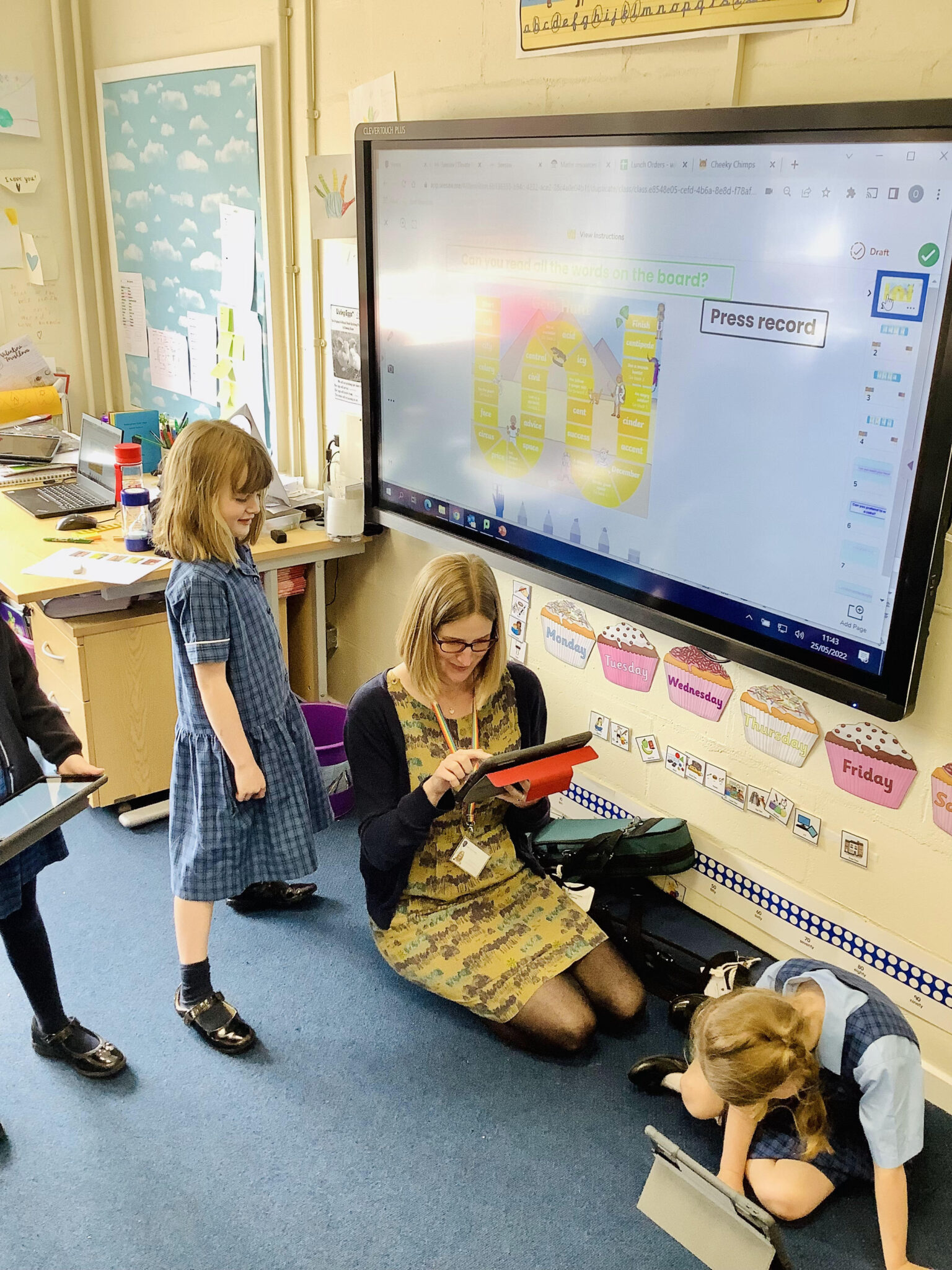
In the phonics lessons, there are a variety of activities in which pupils can apply their new learning, such as highlighting the new element of a word, recording the words and hearing them back and writing the new words. Empowered by their independence and the nature of the low-stakes activities, using iPads now means it is far more dynamic, with interactive and media-rich resources.
They have two days of activities, then consolidate the new phonics and the ‘tricky’ words which have been taught that week. With children completing this in school, and with promptly-marked activities, parents are aware of what their children have been learning in school and how they can support their child at home. Using iPads, it is now far more personalised and connected with home. Using iPads allows pupils to capture the learning process as it unfolds.
In school, we like to make learning engaging and fun, so in some sessions they can film themselves reading or acting and they enjoy sharing their videos with friends or supporting their friends by recording them. This working with others builds relationships and allows them to make mistakes and find solutions, sharing ideas.
Beyond phonics, these skills have been invaluable in helping make problem-solving maths homework even more fun and interactive, removing the obstacle of having to write their answers. The questions are verbally recorded: they can hear each question even if they are unable to read all of the particular words in the question. With ease, the children can explain their answers, recording them verbally, and this gives them the chance to explain the questions.
Without doubt, the iPad was an amazing tool to use during the pandemic; when children were self-isolating at home they were able to watch videos of their teacher, complete the same work as in school and have personal feedback wherever they were located, valued by pupils and parents alike, using the iPads independently to support their learning.
Children can be very curious on how other children are working – it’s fantastic for them to share their work with friends in the class, supporting one another as they become more adept and recognising how people complete work in different ways and are at different stages. Indeed, less confident readers are still able to read in the sessions even if they would be reluctant to in front of the class. And everyone enjoys playing games and having ‘disguised’ learning!
As a teacher, I have learnt that children can assess far more activities if they are given the tools to excel: you are able to assign tasks and see which activities the children can complete independently, and with more confidence, throughout the year.
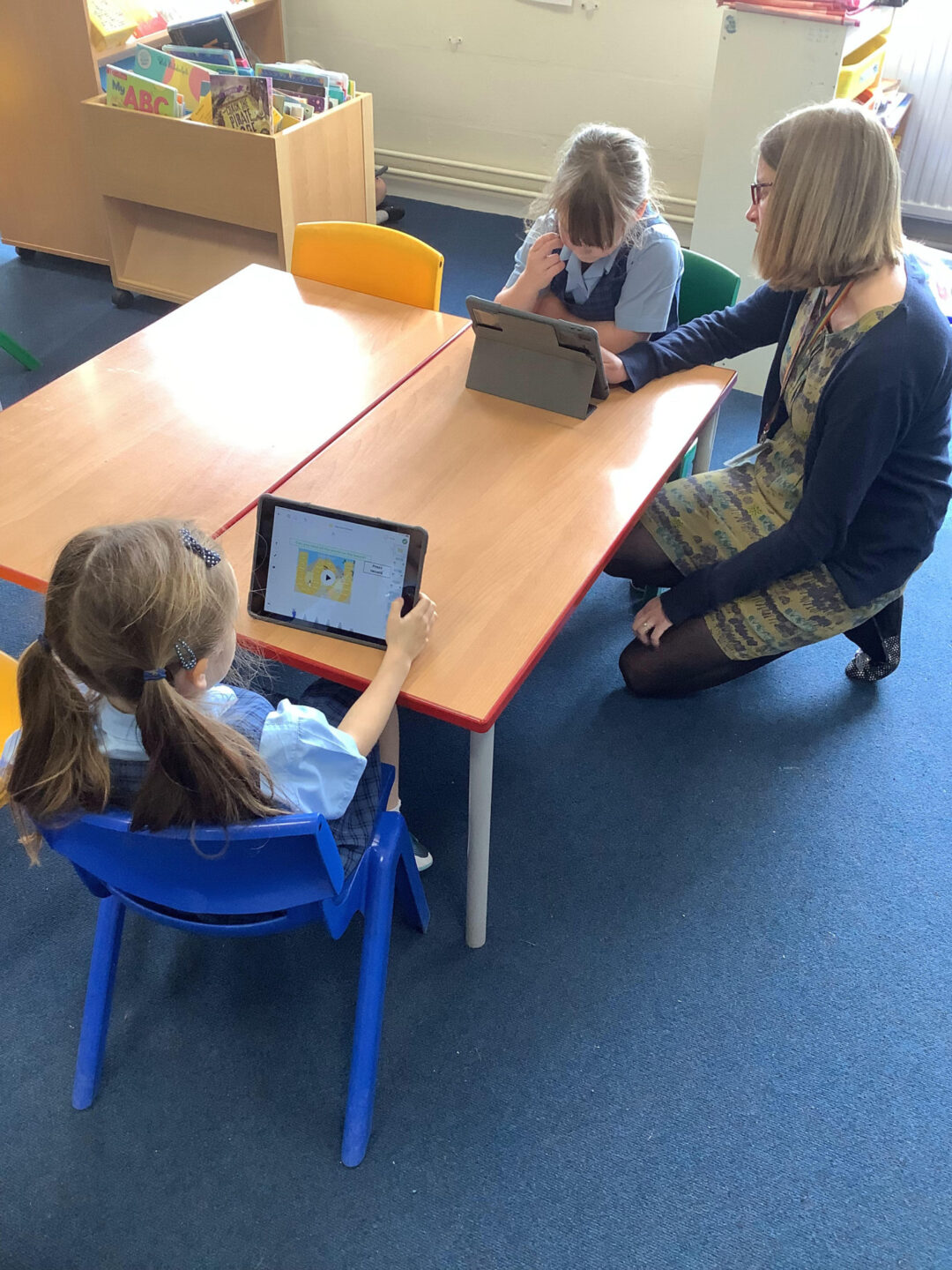
What began as a lockdown trial has soon developed into a successfully connected, collaborative, creative and personal way of working. Phonics assessments (from the beginning of the year to now) have shown that the iPads have helped the children significantly on decoding and blending their phonics. Each pupil passed successfully and sooner than expected. They have a growth mindset to persevere.
Wonderfully, I have witnessed the positive effect on the children’s attitude to phonics: they enjoy using the iPad, completing interactive tasks and using a variety of skills which can be shared at home, something that will continue in Year 2 as they continue to soar.
